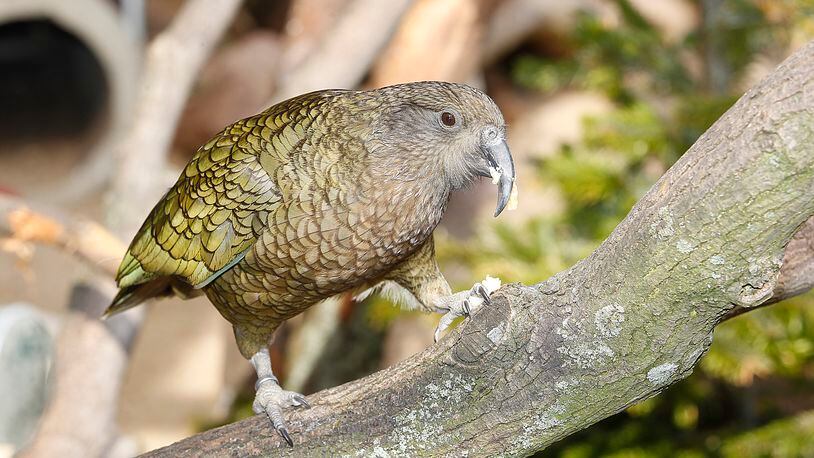When scientists played recordings of the kea’s “play call” to keas in the wild, they found “the play call elicited significant increases in both the number of instances of play and play length.”
Lead study researcher Raoul Schwing said the "play call" made keas immediately start to play, but not by joining play that was already happening.
"Instead they spontaneously started to play with the bird next to them, or played solitarily in the air or with an object," Schwing said in an email to National Geographic.
What this means, Schwing said, is that the call does not “invite” the birds to play, but instead affects their mood by putting them in a friskier frame of mind.
“The fact that at least some of these birds started playing spontaneously when no other birds had been playing suggests that, similar to human laughter, it had an emotional effect on the birds that heard it, putting them in a playful state,” Schwing said.
The kea, a highly social and curious bird, native to New Zealand's South Island, is on the country's Nationally Endangered list.
It’s estimated as many as 5,000 survive in the wild, but the birds are especially vulnerable to predators because they nest on the ground.
About the Author
